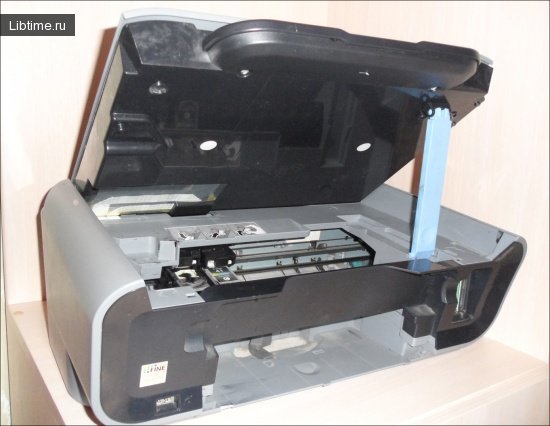Number systems
A computer is a device that performs a well-defined sequence of operations that is specified by a program. We will describe the role of number systems a little later. A computer combines such concepts as hardware, on the one hand, and software, on the other hand, support.
All PC devices are connected to the motherboard and provide their interaction with the central processor, RAM, BIOS, as well as among themselves. All PC devices are divided into internal and external devices.
Internal devices are installed in the system unit along with the motherboard, while external devices are connected to slits on the back of the PC case. Some of the devices can be both external and internal, such as a modem or a magneto-optical disk drive. 
Representation of information in a PC
In the 60s and 70s PCs were called ECMs - Electronic Digital Computing Machines. At that time they were used mainly for mathematical calculations. Today, the area of use of computers has expanded - from text processing to the creation of movies, from communications to the writing of music.
But the way of presenting information has remained unchanged: the processor processes data encoded in the form of numbers. By the way, we recommend for reading: Storing information in a PC.
Overview of number systems
A number system is a way of writing numbers using a given set of special characters (digits). We are used to counting in tens. A number after 9-10, that is, 1 tenth +0 units. For example, the number 1998 can be represented in the decimal number system as: 2978= 2-103+9-102+7-101+8-100. The position of a digit in a number record is called the digit of the number.
The digits are counted from right to left, starting from zero. For example, in the record 2978 the digit 8 is in the zero digit, 2 is in the third digit. In order to find out what the number is equal to, it is necessary:
- Multiply each digit in the record by the base of the number (in our case it is 10) of the number system, elevated to the degree that equals the digit of this number.
- Add the resulting values.
The central processing unit processes data that is represented in the binary number system. Processors work on binary logic, because at the heart of microprocessors is a transistor key - a microelectronic device that can be in one of two states - "closed" and "open".
These states correspond to two levels of the source voltage - high (which is called the level of logical one) and low (the level of logical zero).
If in the decimal system each digit of a number can take ten values - from 0 to 9, in the binary system there can be only two such values: 0 and 1. The number 2 in the decimal system has a digit 10. In the binary number system, this entry is labeled "1 two + 0 units". The number 3 - looks like 11, that is, "1 double +1 unit".
The decimal number 1998 in binary would look like this: 111110011102=1-210+1-29+1-28+1-28+1-27+1-26+0-25+0-24+1-23+1-2 2+1-21+0-20.


